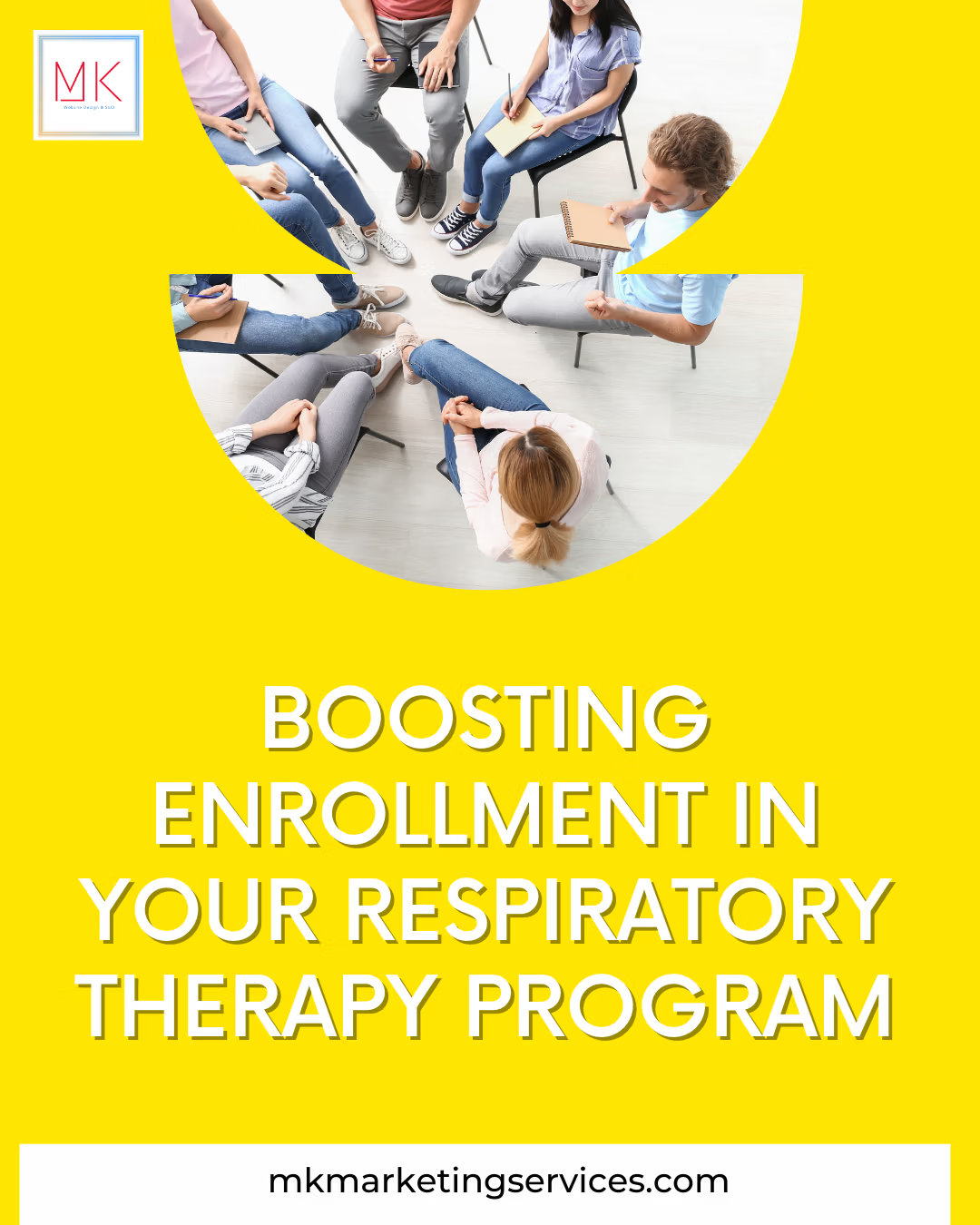A respiratory therapy program stands as a cornerstone in the medical education landscape, preparing students for a career that’s not just rewarding but also vital in today’s health-conscious world. As we dive into the intricacies of attracting more students to this noble profession, let’s unpack some proven marketing strategies.
Understanding Your Audience
Before you launch any campaign, know who you’re talking to. Prospective students often range from recent high school graduates to career changers looking for a fulfilling profession in healthcare. Their motivations can be as diverse as seeking stability, a desire to help others, or a personal connection to respiratory health issues. By recognizing these motives, you can tailor your messaging to resonate deeply.
Crafting a Compelling Story
Storytelling isn’t just for novels. In the context of promoting a health education program, it’s about connecting on a human level. Consider sharing success stories of alumni who have made a difference in the lives of their patients. These narratives not only highlight the program’s effectiveness but also inspire potential students by showing the impact they could have.
Emphasizing Hands-on Experience
In the realm of healthcare education, nothing beats practical experience. Highlighting the hands-on training your program offers not only showcases the quality of education but also reassures students that they’ll be well-prepared for the real world. From clinical rotations to state-of-the-art simulation labs, make sure your prospects know about the unique opportunities they’ll have access to.
Leveraging Digital Marketing
In today’s digital age, an online presence is non-negotiable. From search engine optimization (SEO) to social media marketing, there are myriad ways to reach your audience where they spend most of their time. Use SEO techniques to ensure your program appears at the top of search results for related queries. Meanwhile, platforms like Instagram and Facebook are perfect for sharing those compelling stories and engaging directly with potential students.
Hosting Informative Sessions
Sometimes, a personal touch can make all the difference. Organizing open houses, webinars, or live Q&A sessions allows prospective students to get a feel for your program and have their questions answered in real-time. It’s an opportunity to showcase the warmth and expertise of your faculty, making your program not just a choice but a community.
Partnering with Healthcare Providers
Collaborations with hospitals and clinics not only enhance your program’s practical training but also serve as a powerful marketing tool. These partnerships can lead to guest lectures, site visits, and even employment opportunities for graduates. Highlighting these connections in your marketing materials can significantly boost your program’s appeal.
Real-Life Impact: A Graduate’s Journey
Let’s take a moment to share a real-life example. Sarah, a recent graduate of a leading respiratory therapy program, shares how her education equipped her for the challenges and rewards of the profession. From her first day of clinical rotations, she knew she was making a difference. Today, Sarah works in a neonatal intensive care unit, helping the smallest patients breathe easier. Her story is a testament to the impactful careers that your program can launch.
Conclusion
Enhancing the enrollment in your respiratory therapy program involves a blend of understanding your audience, storytelling, highlighting practical experience, digital marketing savvy, and creating personal connections. By implementing these strategies, you can attract passionate individuals ready to make a difference in the healthcare world.
Remember, at the heart of your marketing efforts is the promise of a career that changes lives—not just for the patients but for the therapists themselves. Show prospective students the path, and they will eagerly follow.













